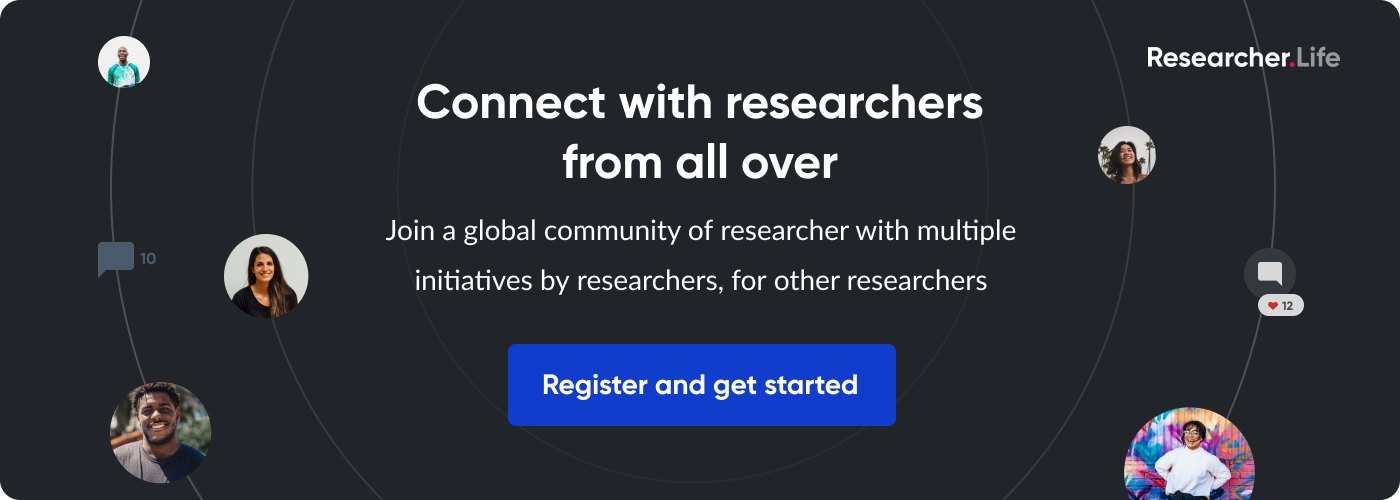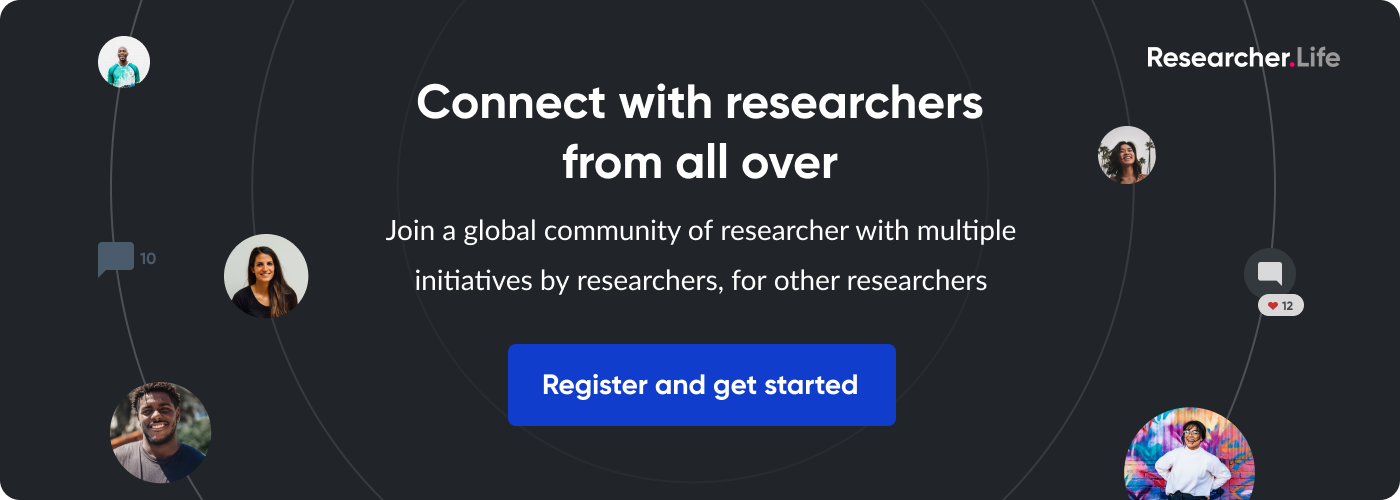A memoir on publishing my first paper

Editor's note: This post was originally published on the blog The Dataminer's Diary on January 2, 2020 and has been reposted here with the author's permission. You can read the post on the blog by clicking here.
I have decided to write this blog post to share my experience in publishing my first paper. Mainly for two reasons,
- To those who are interested in this piece of work: A brief behind-the-scene story of what led us to study this specific methyltransferase.
- To those who are curious about how a paper is published: a personal journey of mine of how we have got from research-to-publication.
—To those who are interested in this piece of work—
This paper is a collaborative effort with a fantastic team of researchers looking at a dual function methyltransferase which can modify two different types of modification on tRNAs.
The highlight of our new study is that most enzymes characterised in modifying ribonucleic acids (RNA) bases are known to only affiliate with one type of modification. With collective experimental and bioinformatics evidence, we proposed putative pathways of how this might be possible, changing our understanding of how players in the epitranscriptomic world work.
The dual functionality of this methyltransferase has not been previously characterised in plants then when we worked on this.
I have also attempted tRNA-seq data analysis, using an unconventional data analysis method (compared to the standard RNA-seq data analysis workflow). Combining tRNA-seq with our understanding of base substitution signatures (a result when of base misincorporation when reverse transcriptase encounters a modified RNA base) to inspect changes of tRNA modifications transcriptome-wide. We also combined three different omics: RNA-seq, Proteomics, and tRNA-seq to understand the molecular effects due to the change in position-specific tRNA-modifications in Arabidopsis thaliana (a model plant organism).
—To those who are curious about how a paper is published—
I have presented this work in conferences post-publication. This work has been awarded a travel grant and a best parallel session speaker award in conferences I have presented. We have almost 300 views post one-month official release of this work.
If you are interested in my paper, you can find it here.
It all sounded terrific that my first paper gets published and the acknowledgement it gets, but it took us 18 months to get our work to see the light.
Behind a publication, often there are untold stories
I was told there is a similar group working on the same project as us while I was still analysing the data, and the group was close to publishing their work.
There were negotiations for a possible collaboration, instead of locking heads with each other. The collaboration did not happen as we are both quite close to the end of the project. Hence, the race to publish has begun.
First, we need to get the manuscript written.
I could still remember endless late nights I have spent in the lab, alongside my other colleagues to get the analysis completed (Both of us were working on the bioinformatics analysis aspect of this project). One of those nights was my birthday, and I remember my supervisor was working alongside us till late night, having takeaway boxes meals together while discussing on how we should include our results in the manuscript figures.
After completing the analysis, there was result compilation, followed by lots of writing and editing. Amid manuscript preparation, there were also reanalysis of the data, metadata compilation, manuscript formatting according to the journal’s requirements, and data deposition into a public repository. At that time, I had no idea how any of these works.
Finally, we submitted the manuscript for peer review. It was only the beginning.
Eighteen months worth of rejections, 35 rounds of edits (internal and peer review inclusive – I have previously tweeted about it here ). It was tough for this is my first time attempting to publish. The number of tissue papers I have used to wipe my tears had piled up into a normal distribution curve on the left corner of my work desk (hey, at least that proved the statistics are right!).
These 18 months was when I started learning about how to write a cover letter and a rebuttal letter to address the reviewers’ comments, how not to take reviewers comments personally ( trust me this is difficult), and the streamlined process of peer review.
Different journals have different requirements. I have also learnt how to make our code available for peer review and to compile data in a reviewer-friendly format to enable the reviewers to inspect our data validity.
Now breaking the surface of the dark paper submission period, there is a mix of emotions. I was too drained to feel excited, but I am proud of the work that is now polished to meet the public.
Before publishing this paper, I have worked on three different projects in my undergraduate days, with one of them was presented in two national conferences.
None of them led to a paper.
Lessons to take away
To end this blog post and closure to this piece of work, these are a few valuable lessons to take away from my first peer-reviewed publication.
- Do not take the reviewers’ comments personally. Easier said than done, and my supervisor had to continually remind me not to get frustrated or upset over any critiques and comments when reading reviewers comments. It is normal to feel sad, disappointed, and depressed when reviewers do not seem to be impressed with our work. I have had unhelpful comments during this process. I appreciate reviewers who take the time and effort to read and critique our work, not to forget journal editors too – it shows that they see the potential of how this might be something once published. It did.
- A project still has its value, even someone published before you. This was hard for me to believe at first, but I am thankful to have a supportive team of people on this project who is eager to get this published. I started talking to other senior academics about project scooping. I also asked them based on their experience, if that affects the value of the publication. Most of them said no, as it still provides valuable information to the field. Plus, it also shows that it is a reproducible research, saving other people’s time in trying to replicate the results to test its validity. Quoting my co-supervisor ” Remember, it’s all about perspective. Never lose faith in your work, get it out there and let others be the judge. A diamond will always shine, in light or darkness.”
- Accept your emotions, acknowledge your tiredness, take care while working hard to publish. Some of us are lucky to get our work to post in the first few attempts, and others take longer than usual. I would not say it is unfortunate. This work was officially published one week before my first international conference talk. If it has gotten accepted earlier, I might have lost the hype to tell people that ” …By the way, this is fresh off the press! You could scan this QR code for my paper if you enjoyed my talk.”
- Not all research leads to papers, but that does not undermine the importance of the research work. Indeed, not all roads of study lead to publication, but that does not mean any of these work is less critical. Micropublication in recent years has emerged to encourage researchers to publish a novel, negative findings, or reproducible results. I have met a lot of honours and postgraduate students whom, despite with ‘work in progress’ or negative results, have marvellous insights, experience, and skillsets to offer, even they have not published. A publication track record should not be the absolute benchmark to someone’s ability to do research, in my opinion.
Many who have published told me once you have your first paper published, the next one will be easier. I am not sure if the next one will be smooth sailing as I hope it would be, but I am looking forward to sharing my future research work with the world. Who knows, it might lead to something.
To you who are reading this and maybe working towards your first publication, I wish you all the best of luck. Do not get disheartened by the challenges and difficulties on the way. Rejections do not define you. I wouldn’t say all would be worth it, as it is different for each person. Nevertheless, I would say at the end of this rocky journey; it will still be a rewarding journey for personal growth.
Comments
You're looking to give wings to your academic career and publication journey. We like that!
Why don't we give you complete access! Create a free account and get unlimited access to all resources & a vibrant researcher community.

Subscribe to Career Growth










